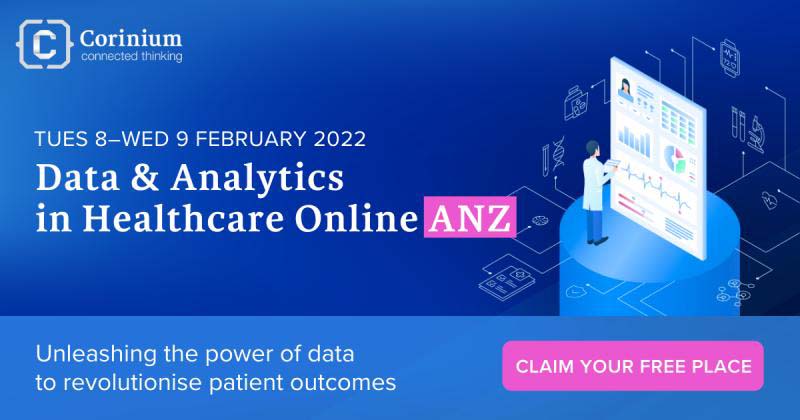Meet the Analysts Helping Doctors with Data

How Data is Used to Improve Patient Outcomes
Data and analytics touch health in many different ways, from tracking and reporting on clinical outcome data for doctors and patients, to AI-assisted diagnoses, all the way to healthcare provider budgeting and financial forecasting.
The administrative use cases aside, healthcare analysts are using data to inform decision making, to provide feedback on the performance of physicians, and, in turn, improve patient experiences.
So, what’s it like to work as an analyst within a healthcare organization? We sat down with two Australian healthcare data leaders to hear about the work they do in this space.
Rethinking Reporting
Dr David Rankin, Director for Clinical Governance and Informatics at Cabrini Health in Melbourne, Australia, describes his role as using data in a meaningful way to help clinicians improve patient outcomes.
Because the way a clinician treats a patient is one of the most profound and direct ways patient outcomes can be shaped, Rankin says he and his team are constantly working on the best ways to provide doctors with useful performance data.
“One of the things we’re doing is giving de-identified patient-level reports to clinicians that focus on highlighting the interventions for individual patients," he says. "If there are outcomes that look unexpected, they are shared, in accordance with privacy, first with the individual surgeon and then amongst a peer group of doctors who discuss what occurred and how it could have potentially been prevented.
“Most often there are reasonable explanations for outcome outliers, but in cases where things have gone wrong, this approach encourages learning, by focusing on the individual patient and if any form of harm could be avoided. That has had positive results.”
Communicating the value of certain data to medical professionals can be a challenge, Rankin says, not least because there are many health data sources vying for attention.
“I think there is an assumption that because doctors are intelligent, they dive into every data-heavy report that comes their way, but I don’t think that’s the case," he says. "It’s not always something they want, so throwing it up on a portal and saying, ‘There it is, go get it’ doesn’t work!"

Educating and Adding Value
In an effort to build confidence and reliance on data for decision making, Rachel Fojtik, Business Engagement Leader for Mater Health in Queensland, is focused on driving up data literacy levels among clinical staff, as well as increasing health literacy among analytical staff.
“To use data effectively to improve patient outcomes, clinicians need to understand the relevant questions to ask, they need to be able to understand how to get the answers to their questions from data and they need to understand what they see in the reports they are provided,” she says.
“I’m focusing on how we engage people in the process of creating a more digital and more modern data environment and how they can become data literate and capable with data.”
Fojtik says this engagement is being conducted several ways at Mater Health.
“We have an education program on data literacy with four levels that cover using data for decisions, analysing data, communicating data and then one specifically contextualized to healthcare,” she says.
“Another thing we do is have communities of practice running, which brings analysts who are external to the analytics hub together to share the things they are working on.
“We also have a mentoring program where we enable people from a particular clinical or business area to come in and develop a tool leveraging one of our technologists.”
Both Cabrini’s Rankin and Mater’s Fojtik suggest that data and analytics is best suited to complement clinical decision making, rather than replace it outright.
“An important part of that work is understanding that clinical outcomes data is a screening tool, not a diagnostic tool,” Rankin says. “I can’t use that data to tell you who is a good doctor and who is a bad doctor, that’s diagnostic. What I can do is use data to highlight areas that are worth looking into.”
“You can’t take a clinicians gut feel out of the equation,” adds Fojtik.
“It’s a very important part of the process. As a clinician, it is important to get to know the data very well, immerse yourself in it, then take a helicopter view and make a decision from the gut.
“Without analysing the data, it is harder to become familiar with what is happening around you. There isn’t that ability to take a more global view, then put the binoculars on and examine the detail of what is happening, you can only see things in very small pieces.”
Rachel Fojtik and Dr David Rankin will be speaking next week at Data and Analytics in Healthcare Online A/NZ. Check out the full agenda and register for free by visiting this link.



